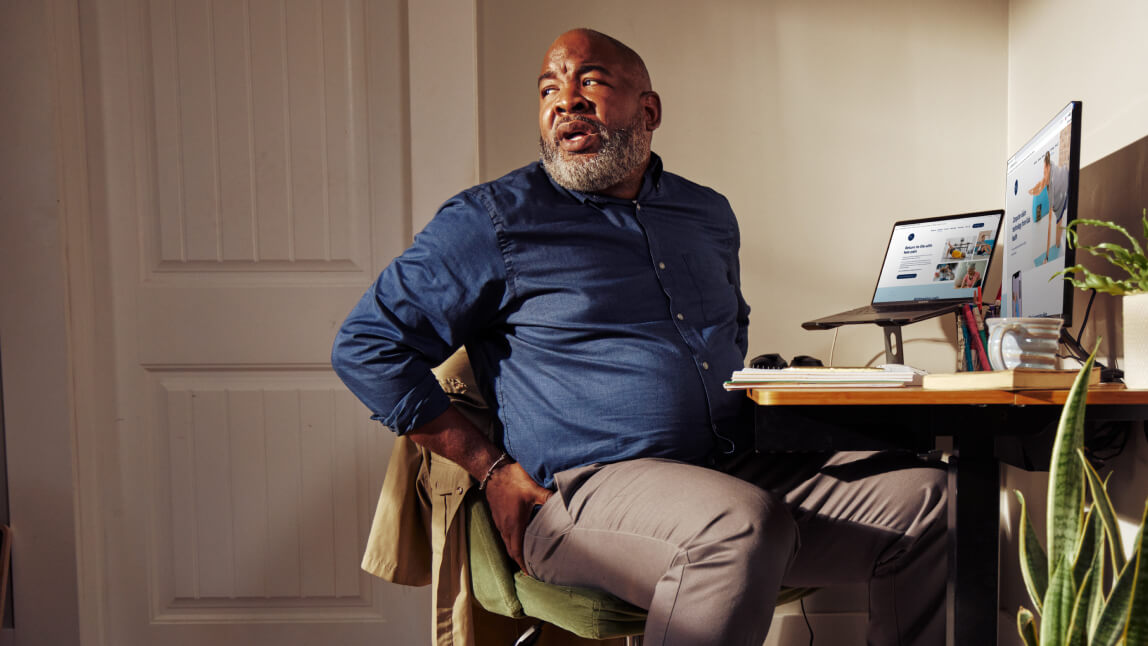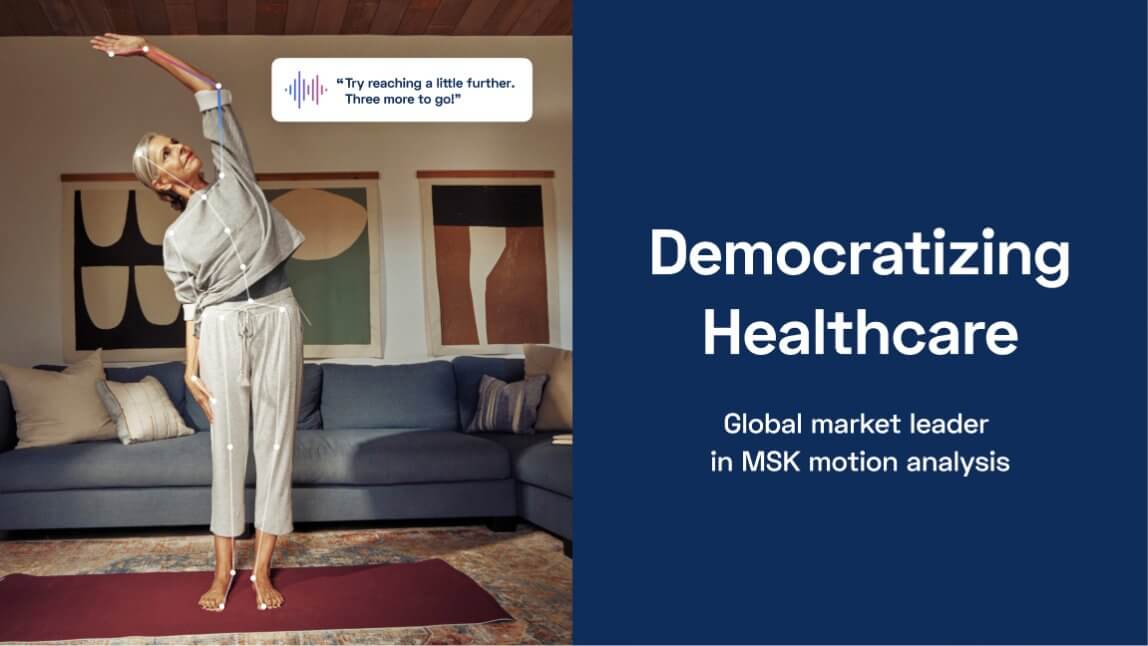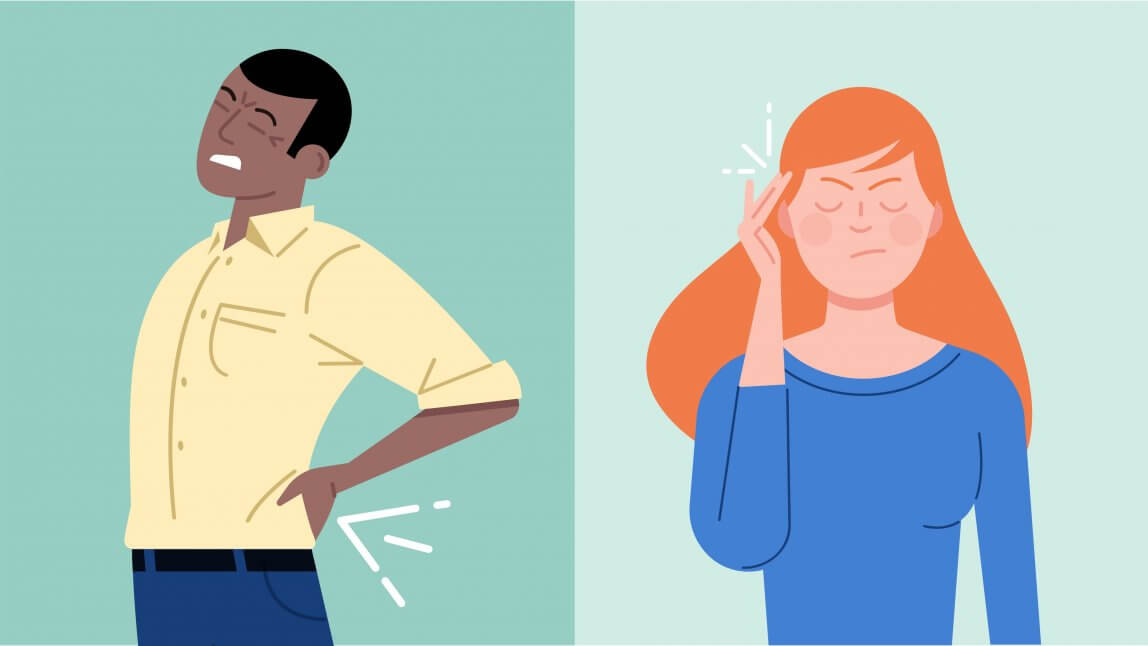
Not a Huge Stretch: Improving Remote Work Ergonomics is Within Reach
For many people, the shift to remote work means less activity and poor ergonomic setups. With a few simple tips, you can help your employees avoid the pain, strain, and stress of the work-from-home environment.
5 min read

Further Reading
-
 A message from Nigel Ohrenstein, President of Kaia Health2 min read
A message from Nigel Ohrenstein, President of Kaia Health2 min read -

Kaia Health’s Mission to Democratize Access to Healthcare
A message from Nigel Ohrenstein, President of Kaia Health1 min read -

Understanding Types of Pain
Ouch! You’ve strained a muscle in your leg by overstretching it in yoga class. It’s uncomfortable for a few days, but after some rest, ice, compression, and elevation (RICE), you’re back on your cheery yoga mat.4 min read